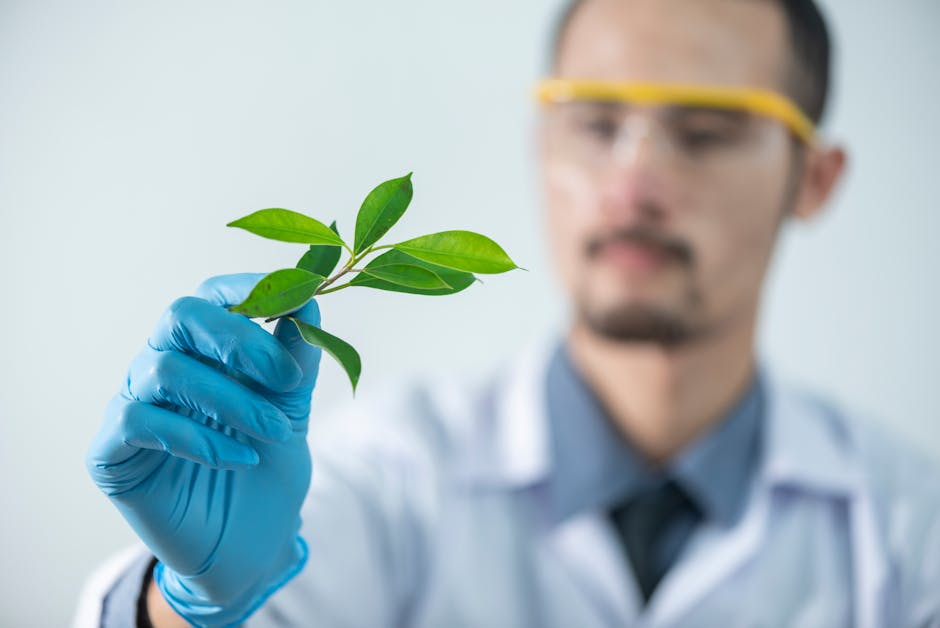“Faithful Foundations: Nurturing Spiritual Growth in the Motor City”
Detroit, Michigan, a city known for its rich history, cultural diversity, and resilience, is also home to a thriving community of Christians seeking to deepen their faith. Amidst the bustling streets and iconic landmarks, a network of Christian bookstores has emerged, providing a haven for believers to explore, learn, and grow in their spiritual journeys. In this article, we’ll delve into the world of Christian bookstores in Detroit, exploring their significance, offerings, and impact on the local community.
Christian bookstores have long been a staple in many cities, serving as a hub for spiritual seekers, Bible study groups, and individuals seeking guidance and inspiration. In Detroit, these stores have evolved to cater to the unique needs and demographics of the city. From small, family-owned shops to larger, more modern establishments, each store offers a unique blend of products, services, and community engagement.
One of the most iconic Christian bookstores in Detroit is located in the heart of the city’s downtown area. This store, with its warm and inviting atmosphere, has been a fixture in the community for over three decades. Its shelves are stocked with an impressive selection of Bibles, devotionals, and Christian literature, as well as a range of gifts, music, and resources for children and youth. The store’s knowledgeable staff is always happy to offer recommendations, answer questions, and provide guidance to customers.
Another notable Christian bookstore in Detroit is situated in a trendy neighborhood, surrounded by hip restaurants, coffee shops, and boutiques. This store has a more modern and sleek aesthetic, with a focus on contemporary Christian music, books, and media. Its staff is well-versed in the latest releases and trends, making it a go-to destination for fans of Christian rock and pop music.
In addition to their product offerings, Christian bookstores in Detroit often host events, workshops, and Bible studies, providing a platform for community engagement and spiritual growth. These events range from author signings and book clubs to concerts and worship services. They offer a unique opportunity for believers to connect with one another, share their experiences, and deepen their understanding of their faith.
Christian bookstores also play a vital role in supporting local churches and ministries. Many stores partner with area churches to host events, provide resources, and offer discounts to their members. They also serve as a hub for community outreach initiatives, providing a safe and welcoming space for people to gather, learn, and grow.
For those seeking a more personalized experience, some Christian bookstores in Detroit offer one-on-one counseling and coaching services. These trained professionals provide guidance on topics such as spiritual growth, relationships, and personal development, helping individuals navigate life’s challenges and achieve their goals.
In conclusion, Christian bookstores in Detroit are more than just a place to purchase books and resources – they are a vital part of the city’s spiritual landscape. These stores provide a welcoming space for believers to explore, learn, and grow in their faith, while also serving as a hub for community engagement and outreach. Whether you’re a long-time resident or just visiting the Motor City, a visit to one of these stores is sure to be a rewarding and enriching experience.

 Effective Leaf Removal: Keeping Your Lawn Tidy and Healthy
Effective Leaf Removal: Keeping Your Lawn Tidy and Healthy Finding the Perfect Hair Salon for Your Needs
Finding the Perfect Hair Salon for Your Needs
 “Sealing the Deal: The Importance of Proper Pool Caulking Replacement”
“Sealing the Deal: The Importance of Proper Pool Caulking Replacement” Recognizing the Function of a Demolition Contractor
Recognizing the Function of a Demolition Contractor “Unlocking the Power of Community Forestry: A Guide to Sustainable Land Management”
“Unlocking the Power of Community Forestry: A Guide to Sustainable Land Management”